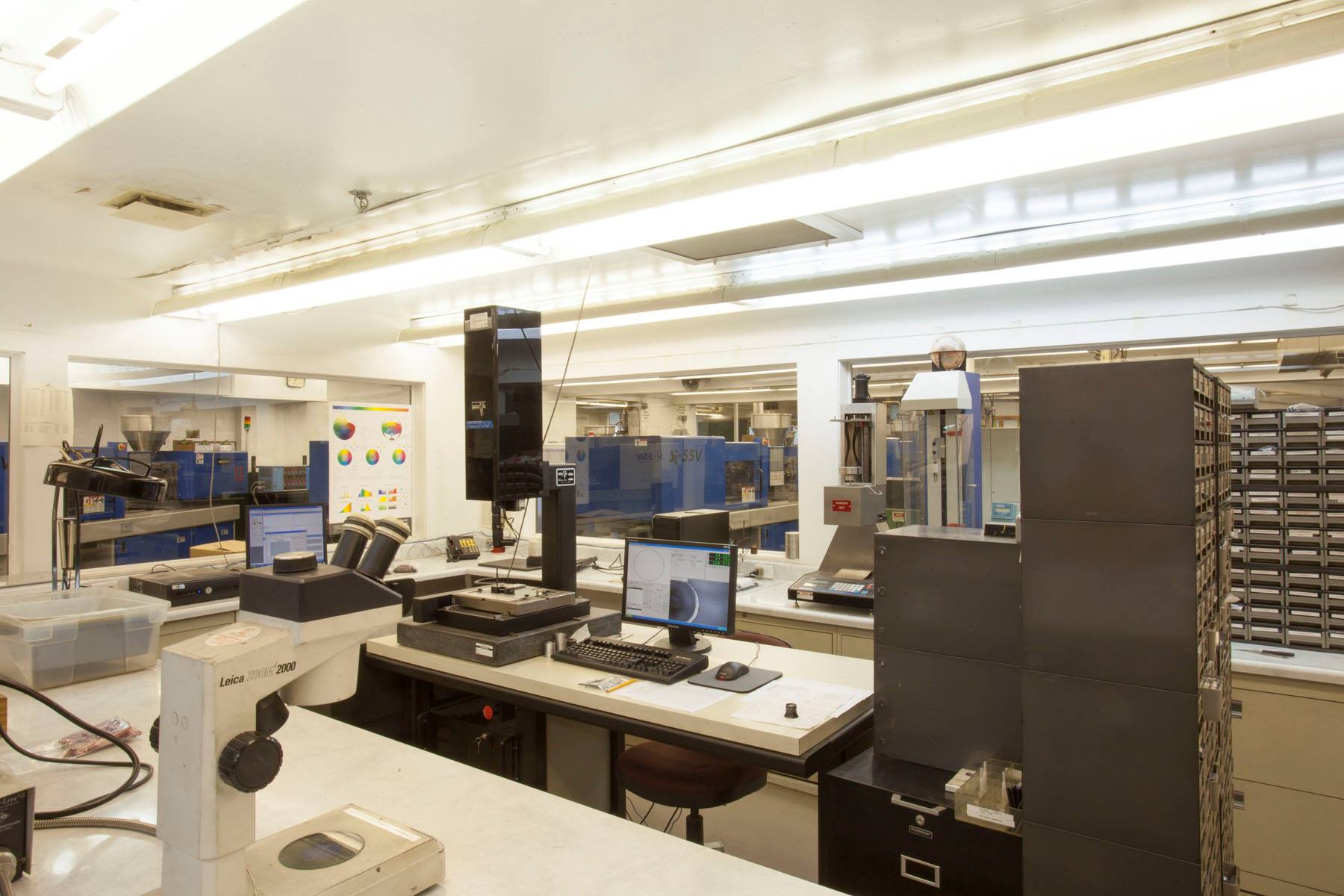
25 Jun Plastic Part Design Guidelines to Optimize Your Molded Components
When it comes to injection molding success, the decisions you make during the design phase can make or break your entire project. Poor design choices often lead to manufacturing headaches, inflated costs, and components that don’t perform as expected. That’s why understanding fundamental plastic part design guidelines isn’t just helpful — it’s essential for bringing your vision to market successfully.
Ready to Optimize Your Design? Contact Hudson Valley Plastics today to discuss your project requirements.
5 Plastic Part Design Guidelines
1. Design for Manufacturing (DFM) Principles
The foundation of any successful molded component starts with DFM principles. Optimal wall thickness should remain consistent throughout your part — typically between 0.5mm to 4mm depending on your application. Avoid thick sections that can cause sink marks and long cooling times, while ensuring walls aren’t so thin they create filling issues.
Draft angles of 0.5 to 2 degrees on vertical surfaces allow for smooth part ejection and extend mold life. When designing undercuts, consider whether they’re truly necessary, as they add complexity and cost to your tooling.
At Hudson Valley Plastics, our design and engineering team works closely with customers from part inception to identify potential DFM issues early. Our CAD design capabilities and process optimization expertise help transform initial concepts into manufacturable designs that perform reliably in production.
2. Material Selection for Application Requirements
Your material choice directly impacts both performance and manufacturability. Consider your end-use environment carefully: Will your part face chemical exposure? High temperatures? Mechanical stress? Each application demands specific material properties.
Beyond performance requirements, think about processing characteristics. Some materials flow more easily during molding, while others offer superior surface finish or dimensional stability. Color requirements, FDA compliance, and cost constraints all factor into the optimal material selection.
With over 80 years of experience across pharmaceutical, industrial, and automotive applications, Hudson Valley Plastics brings deep material expertise to every project. Our material selection guidance and product testing services ensure your components perform exactly as intended throughout their service life.
3. Tolerances and Precision Requirements
Specifying appropriate tolerances requires balancing functional needs with manufacturing realities. Tighter tolerances increase costs and complexity, so apply them only where critical to part function. Standard injection molding tolerances typically range from ±0.002″ to ±0.005″ for most features.
Consider how tolerances stack up in assemblies and whether post-molding operations might affect dimensional accuracy. Some features may require secondary machining to achieve extremely tight tolerances cost-effectively.
Hudson Valley Plastics specializes in close-tolerance injection molding of small plastic parts. Our sophisticated inspection equipment, including Keyence measurement systems, ensures we can consistently hold the tight tolerances your application demands while maintaining cost-effectiveness.
4. Design for Assembly and Secondary Operations
Next on our list of plastic part design guidelines is a consideration for what happens after molding. Smart designers consider the entire manufacturing process, not just the molding operation. If your part requires welding, plan joint geometry that accommodates ultrasonic or hot plate welding processes. For decorated components, ensure surfaces are accessible and appropriately sized for printing or hot stamping.
Assembly considerations should influence part geometry from the beginning. Snap fits, press fits, and mechanical fastening all require specific design features that work best when planned early in the design process.
At Hudson Valley Plastics, our comprehensive secondary capabilities include ultrasonic welding, high-speed automation, and various decoration technologies. Because we design, engineer, and build custom assembly solutions, Hudson Valley Plastics can guide your design decisions to optimize for efficient downstream processing.
5. Prototype-to-Production Scalability
Design choices that work for prototypes don’t always translate effectively to production tooling. Consider how your part geometry will affect mold complexity, cycle times, and tool life. Features that seem simple in CAD might require complex tooling solutions that impact both cost and lead times.
Plan for production volumes from the start. Low-volume production may allow design features that become cost-prohibitive at higher volumes, while high-volume production can justify more complex tooling for optimized cycle times.
Hudson Valley Plastics bridges the gap between prototyping and production seamlessly. Our 3D prototyping services validate designs before tooling investment, while our expertise in low-volume production (10,000 to 1M+ pieces) provides flexibility as your volume requirements evolve. With no minimum order quantities, we can support iterative design refinement throughout your product development process.
Need Plastic Part Design Guidelines, and More? Turn to Hudson Valley Plastics
Successful plastic part design requires understanding both the application requirements and manufacturing realities. By following these guidelines and partnering with an experienced manufacturer early in your design process, you can avoid costly mistakes and optimize your components for both performance and production efficiency.
Located just 70 miles north of New York City, Hudson Valley Plastics combines the accessibility of the Tri-State region with decades of manufacturing expertise.
Ready to transform your concept into a manufacturable design? Contact Hudson Valley Plastics today to discuss your project needs and request a quote.



No Comments